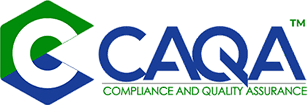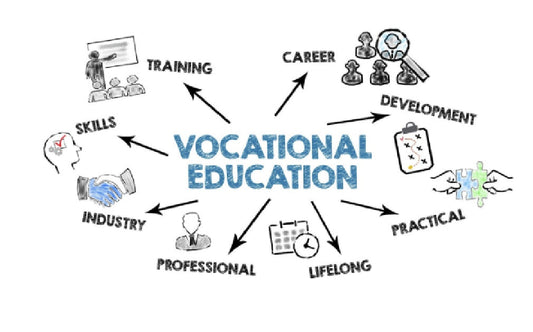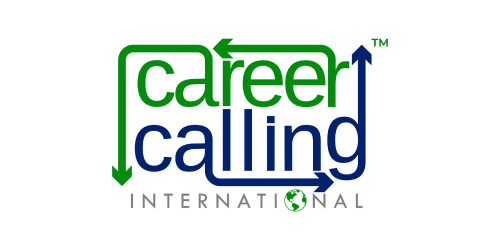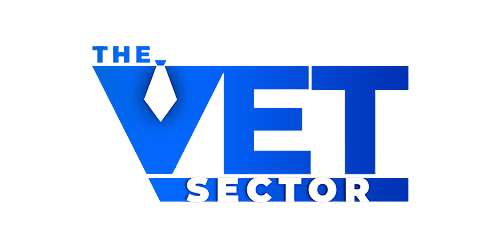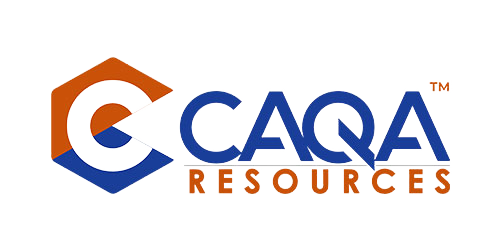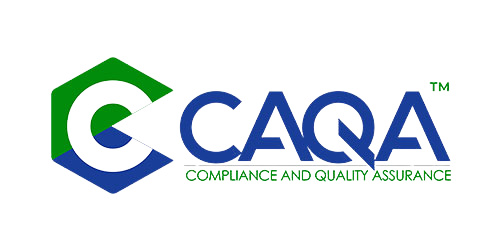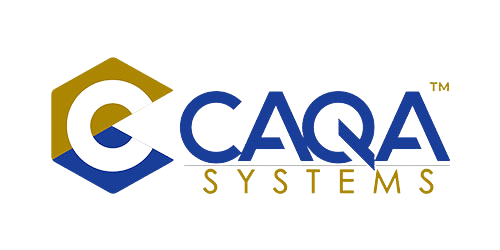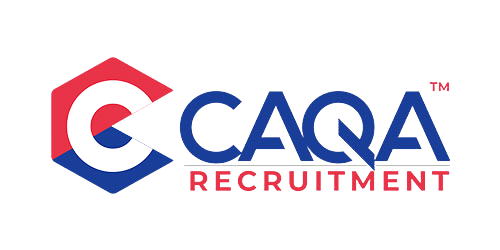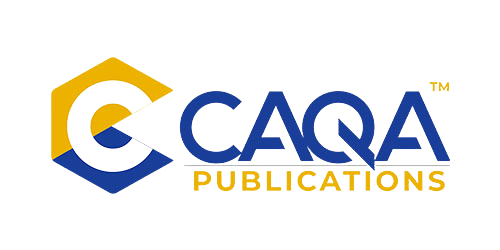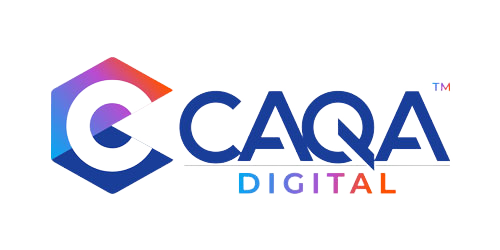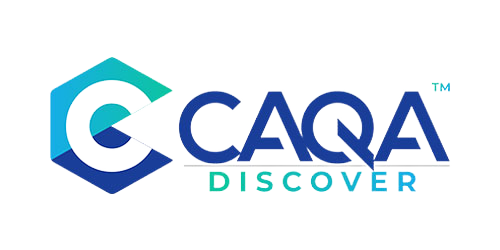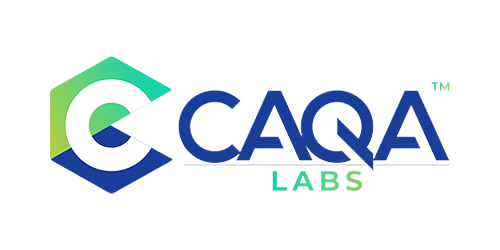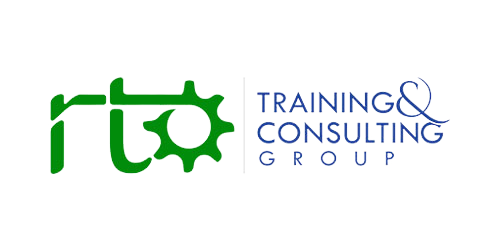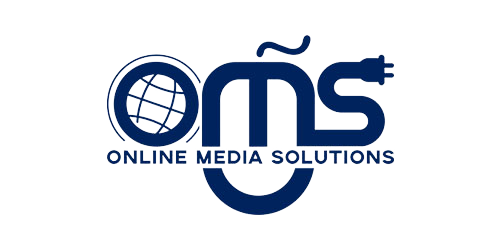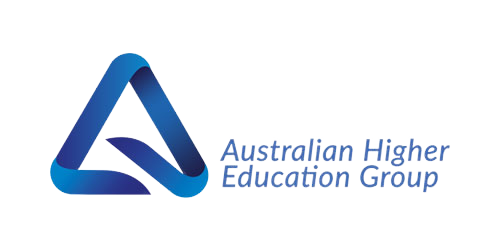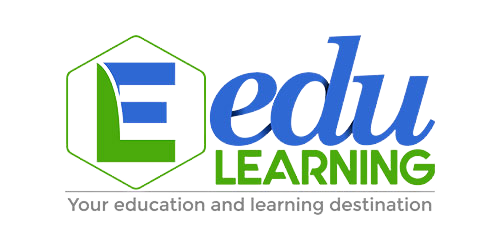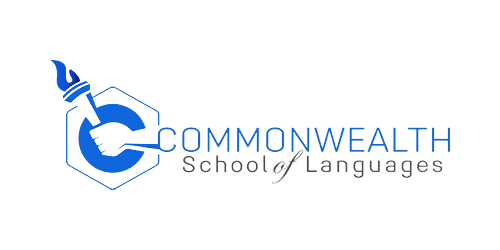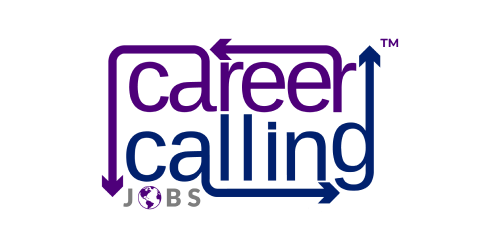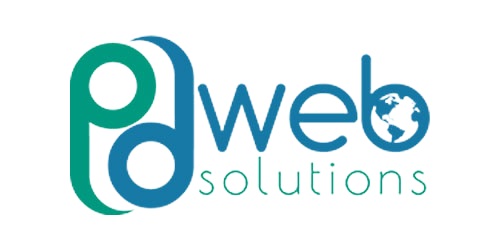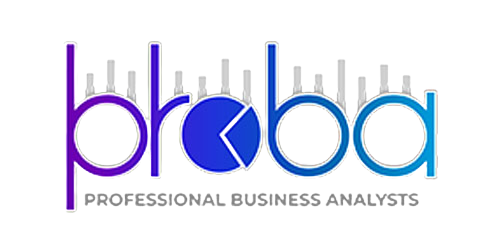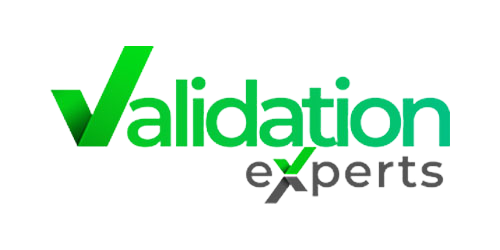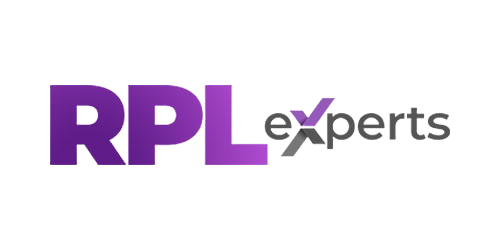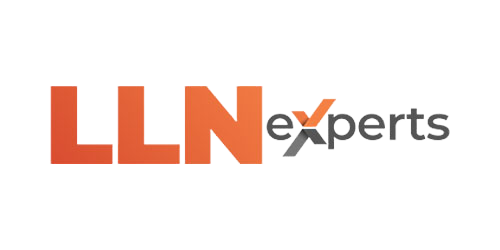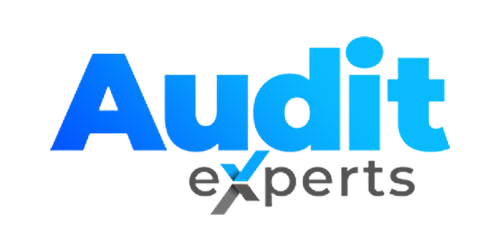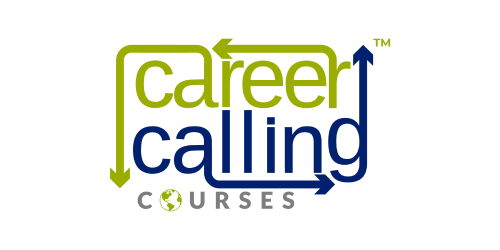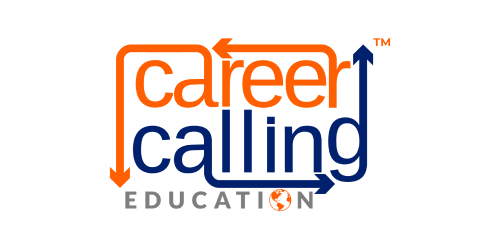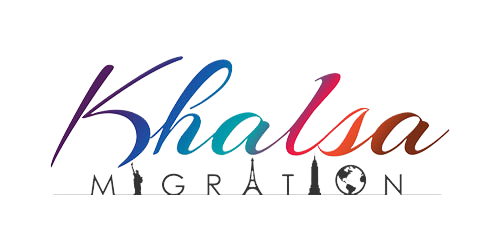A VET-Sector Playbook for Skills, Careers and Confidence in the Age of Generative AI
Summary
A growing body of evidence now suggests that the labour market has not been upended by artificial intelligence in the way many feared when generative tools burst into public view in late 2022. New analysis led by researchers at Yale’s Budget Lab and the Brookings Institution finds no discernible, economy-wide job disruption in the thirty-three months since ChatGPT’s release. Employment in occupations most exposed to AI has not collapsed. Long-term unemployment has not spiked in those fields relative to less exposed roles. The occupational mix continues to evolve, but at a pace comparable to earlier waves of technological change, such as the personal computer and the early internet. This stability does not mean that AI is irrelevant or inconsequential. It means the first-order impact is on tasks, not headcount. It means organisations are quietly experimenting, pausing some recruitment, redesigning workflows and raising expectations for throughput per person. It means that the Vocational Education and Training sector has a genuine window of opportunity to lead.
The VET system is built to translate new technology into practical skills, safe practice and credible credentials. This article frames the current moment as a grace period in which providers, employers and learners can move from anxiety to action. It argues that the defining challenge for the next decade will be orchestrating human-AI collaboration at the level of tasks rather than reacting to headlines about disappearing jobs. It proposes a pathway for training organisations to refresh curriculum without waiting for lengthy rewrites, to strengthen assessment integrity without an arms race against detection tools, to preserve career ladders even as routine work is automated, and to anchor partnerships with employers around measurable outcomes. Above all, it treats judgment, care and consequence as the enduring human advantages that education must cultivate explicitly. If the sector uses this period wisely, AI will become a force multiplier for quality, safety and mobility rather than an accelerator of inequality or a slow erosion of entry-level opportunity.
The Signal and the Noise
The core signal from the latest labour-market research is straightforward. There is no macro-level evidence of a shock attributable to generative AI. That statement is descriptive, not predictive. It reflects the period measured to date, and it sits comfortably within what history teaches about the diffusion of general-purpose technologies. The internet did not eliminate jobs in a year. Neither did the spreadsheet, the database or the email client. Each changed the composition of work within occupations, reordered the time spent on tasks, and, over the years, remade the mix of roles inside firms. The same pattern is visible now. Software engineers, financial analysts, marketers, educators and administrators are adopting tools unevenly and using them to compress preparation time, polish drafts, inspect data and build prototypes. Clerical staff who are theoretically exposed are not using these tools at scale, while technical and professional teams are experimenting daily. The immediate consequences are felt as quieter shifts: fewer new entrants hired into roles that were once large pipelines for repetitive work, a stronger emphasis on self-service dashboards and co-authoring, and rising expectations that individuals can deliver more value per week without a change to headcount.
The noise is what follows from misreading these signals. Commentators who declare victory for human labour because there has been no collapse risk are lulling organisations into complacency. Commentators who predict imminent mass displacement risk are driving poor decisions about hiring freezes, entry-level opportunities and professional development. The right reading is pragmatic. The VET sector should act as if the next two to three years will be defined by task substitution, workflow redesign and new expectations for verification and safety rather than immediate layoffs on a national scale. That is the domain in which the sector has real leverage. It can equip people to manage tools, interrogate outputs, connect decisions to standards and escalate when consequences demand human judgment.
From Jobs to Tasks: The Architecture of Work
The most consequential change ushered in by generative AI is the rebalancing of effort within roles. A business analyst still designs a model, briefs a stakeholder and presents a recommendation, but a larger share of the intermediate drafting and formatting can be accelerated. A site supervisor still decides whether a scaffold is safe, but pre-filling of daily logs, optical character recognition of delivery dockets and photo annotation can reduce the time spent on documentation. An aged care worker still protects dignity, privacy and wellbeing, but note-taking, appointment reminders and information collation can be supported by co-pilots. None of these examples eliminates the role. Each redistributes the work. The correct response inside the VET system is to make the architecture of tasks explicit.
A practical way to do this is to build task maps for priority qualifications. Begin by listing the outputs that represent real value in a given occupation. For each output, describe the steps required, the inputs and rules that constrain those steps, the failure modes that matter, and the level of risk attached to a mistake. Then overlay the likely contribution of AI. Which steps are automatable with little risk? Which are assistive but require human oversight? Which remain squarely human because they involve consent, safety, ethics or statutory obligations? When the map is complete, align it with the current units of competency and identify gaps. This method does not require a full rewrite of a training package. It requires disciplined attention to what learners actually do and how that behaviour will change when co-pilots are present. The map then becomes a shared artefact for curriculum design, work-integrated learning, supervisor briefing and assessment.
The Human Edge: What Education Must Teach Explicitly
As models improve, it is tempting to imagine that there is no enduring human advantage. That conclusion is incorrect. AI predicts the next token. It does not assume legal accountability for a harm, it does not carry ethical responsibility for a compromised person, and it does not live with the consequences of a poorly managed handover. Education’s role is to teach the capacities that bind work to outcomes and people to standards. Grounded judgment is first among these. Learners need to practise deciding when “good enough” is irresponsible, how to trade speed for certainty, and when to escalate because a decision touches safety, privacy or legal compliance. Tacit knowledge and situational awareness remain decisive in fields from care to construction. The ability to read a room, recognise a subtle hazard, understand a family dynamic or interpret a local regulation cannot be outsourced to a text predictor. Relational work sits in the same category. Consent conversations, de-escalation, cultural competence and real empathy are learned through practice, coaching and reflection. Systems thinking is another human strength. Tools excel at bounded tasks, but real workplaces are interconnected. Interdependencies across teams, policies and timelines matter. Learners must see how their output affects upstream data quality and downstream safety or service. Finally, quality ownership is a human duty. When an AI-assisted error reaches a client, the provider remains responsible. Root-cause analysis, error budgets, honest reporting and improvement behaviours must be taught alongside technical skills.
It is not enough to assume that learners will absorb these capacities implicitly. They require deliberate practice. Scenario analysis should be part of core delivery, not a capstone optionality. Red-team exercises should be routine so that students encounter and correct model failure modes. Oral explanation should be used to cement reasoning, not as a punitive gate. Supervised placement should include explicit reflection loops in which the trainee explains the choices made and connects them to standards, codes and organisational policy.
Assessment Without the Arms Race
If the first reaction to generative AI in assessment is to double down on detection software, disappointment will follow. Detection tools are brittle, and models change quickly. The more sustainable strategy is to move from a narrow focus on finished artefacts to a multi-mode picture of process and reasoning. This does not mean abandoning written work. It means surrounding it with evidence of how the work was produced and why particular choices were made.
A credible approach uses five layers. Contextualised data grounds the task in a setting that is not easily spoofed. This might be a real workplace dataset with personal information removed, a simulated dataset that changes each term or a brief tied to a local regulation. Process capture records, prompts, drafts, citations, code, tool logs and decision notes. Provider-managed tool accounts make logs auditable and reduce the risk of data leakage. Oral defence gives learners a short window to explain their reasoning, justify trade-offs and respond to a small variation in the scenario. Peer and workplace validation adds perspectives that focus on clarity, reproducibility and authentic contribution. External moderation allows assessors across providers to review anonymised artefacts and publish calibrated exemplars. The result is an assessment system that values thinking, rewards safe practice and recognises the legitimate use of co-pilots.
Preserving Career Ladders While Routine Work Shrinks
One genuine risk in the present moment is the unintended flattening of career ladders. If routine tasks are automated rapidly, organisations may be tempted to reduce entry-level hiring on the assumption that co-pilots can backfill experience. Over time, this creates brittle teams without a pipeline of talent. The response is to design new foundational roles that remain rich in learning while reflecting the reality of AI-assisted work.
Examples are already emerging. Care providers can create documentation assistants who learn to verify AI-drafted notes against care plans and who rotate into direct support under supervision. Construction firms can create digital site-log coordinators who pre-fill reports, annotate images with context and escalate hazards according to a documented matrix. Automotive workshops can add diagnostic juniors who curate telematics and service history for the lead technician while learning escalation thresholds. Hospitality operators can train operations analysts who forecast demand with a co-pilot but learn to test assumptions against real constraints. Professional services firms can appoint prompt operations coordinators to curate internal prompts, maintain retrieval sources, monitor hallucination rates and track model changes. Each of these roles should carry a clear rotation path into higher-judgment work within six to twelve months and include documented instances in which the junior detected and corrected an AI error that would have affected quality, safety or compliance.
Curriculum Refresh Without Waiting for a Rewrite
Providers do not need to tear down and rebuild training packages to respond now. Small, targeted inserts can shift practice quickly. A short module on model limits helps learners understand hallucinations, retrieval grounding and failure modes. A session on source hygiene teaches data provenance, consent, copyright and the building of citation trails that a supervisor can audit. A practical class on verification ladders trains students to select and apply the right level of checking, from a quick spot check to a formal review. A workshop on grounding with internal knowledge demonstrates how retrieval over safe documents raises accuracy and reduces hallucinations. Red-team drills expose learners to unsafe, biased or incorrect outputs so they can design guardrails. Chain-of-review exercises teach how to structure multi-step tasks with human gates and how to write sign-off notes that stand up to scrutiny. A short set of prompt patterns shows how to elicit citations, disclaimers and risk summaries without encouraging rote reliance. Ongoing reflective diaries capture the link between decisions and standards. A simulation that removes tools for a day reinforces the need for manual fallback competence. A brief lesson on cost-to-value estimation teaches token costs, time saved and error costs so learners can advocate for sensible use. Escalation scripts help them practise saying no when a request breaches privacy, quality or safety. Oral micro-defences give every student routine practice at explaining one decision and the checks performed. Together, these inserts reshape how students think and work without requiring a wholesale rewrite.
Partnership With Employers: From Pilots to Pipelines
The most powerful learning happens where training and real work meet. Providers can approach employers with a simple offer. Bring one workflow. Map its tasks together. Identify which steps are safe to automate, which need assistance and which must remain human. Co-design human gates and verification checklists. Build a short micro-credential that teaches the resulting workflow using the employer’s documents. Measure success in time saved, errors prevented, and escalations made at the right time, not in the number of prompts used. Give students access to provider-managed tools during placements so their process logs become verifiable artefacts, not just claims on a résumé. Structure rotations so that every learner experiences at least one decision that requires a human-only gate, such as a privacy review or a safety sign-off. Publish the results openly, with sensitive details removed, so other providers and employers can adapt the approach. This transparency accelerates sector learning and reduces duplication.
Funding, Procurement and Policy
Action is easier when the infrastructure supports it. Governments and funding bodies can accelerate safe adoption by offering outcome-based micro-grants for task-map pilots that publish exemplars and by supporting assessment-integrity capacity, such as controlled tool environments, rooms for viva voces and digital recording. Recognition of Prior Learning processes can be tuned to recognise portfolios that include process logs and supervisor attestations. Providers should procure tools that support logging and audit, private retrieval from internal collections, cohort-based access control and exportable artefacts for moderation and appeal. Avoid vendor lock-in by insisting on open standards for logs and a migratable prompt library. Quality regulators can endorse multi-mode assessment models, provide model policy templates for AI use and data handling, and publish case studies of compliant AI-assisted assessments so that confidence builds across the sector.
Throughput, Pressure and Wellbeing
One of the most noticeable effects of AI inside teams is not job loss but expectation shock. Output targets can drift upward because drafting, summarising and formatting are faster. If caution is not taken, this dynamic produces burnout, erodes quality and undermines trust. Education can teach sustainable throughput just as it teaches safety. Learners should understand takt time and should size work realistically even when co-pilots are available. Verification takes time; so does documentation that enables future audit or handover. Error budgeting is a useful concept: if error rates rise with speed, students should practise pausing, reviewing and escalating. Just as importantly, juniors need to know they have the right to verify and the obligation to push back when a deadline is incompatible with a required review gate. Providers can embed these behaviours in assessment and can measure wellbeing signals in placements by tracking time-to-verify, rework caused by rushed AI outputs and escalations avoided or missed.
A One-Year Roadmap for VET Leaders
A disciplined twelve-month plan can convert good intentions into lived capability. In the first quarter, appoint a lead for AI curriculum and a lead for assessment integrity, stand up a short module on AI systems literacy across flagship qualifications, begin two task-map pilots with employers in different industries and procure a controlled tool environment that records logs for assessment. In the second quarter, convert three high-enrolment units to multi-mode assessment with oral defences and launch work-integrated sprints in which students deliver AI-assisted outputs under supervision. In the third quarter, publish exemplars and rubrics under permissive licences so peers can adapt them, convene a cross-provider moderation panel to exchange anonymised artefacts and align judgments, and establish adjacent ladder pilots with employers that place the first cohort into redesigned entry-level roles. In the fourth quarter, report outcomes using a dashboard that values quality, safety, throughput and career metrics, tune curricula based on error patterns and viva-voce findings, and lock in support for year-two expansion. None of these steps requires a grand rewrite. All of them build the muscle the sector will need as adoption deepens.
Case Vignettes From the Field
A regional care provider worked with a training organisation to test AI-drafted progress notes during placement. Students learned to triangulate summaries against care plans and family communications, recorded their verification steps and escalated inconsistencies. Over eight weeks, documentation time fell by more than a quarter and, more importantly, learners intercepted a cluster of errors where the co-pilot misinterpreted abbreviations or copied stale medication lists. Two near-misses were avoided because students were taught to treat the tool as a draft assistant rather than a source of truth. The provider converted the pilot into a permanent documentation assistant role that rotates into direct support and requires evidence of identifying and correcting AI errors as a condition of progression.
A mid-sized builder used a vision tool to pre-fill daily site logs. Apprentices were trained on a duty-of-care checklist and a three-escalation rule for hazards. Logs became more consistent. The bigger win was a new habit of attaching annotated images with location, time and trade information, which cut defect hand-back loops by almost a third. An apprentice’s oral defence about a scaffolding hazard became a toolbox talk rolled out across sites. The firm now employs digital site-log coordinators who manage capture and escalation, preserving learning pathways while improving compliance.
A bookkeeping practice allowed trainees to use a co-pilot to draft client commentary, but required an explain-your-work memo citing ledger entries, bank feeds and the reconciliation logic used. Trainees discovered that the model sometimes smoothed seasonal anomalies in a way that would mislead a client. They learned to compute variance thresholds, insert confidence statements and escalate outlier explanations. Two trainees now maintain the firm’s prompt library and retrieval sources in a prompt-operations function while rotating through client analysis.
These vignettes are not blue-sky scenarios. They are illustrations of how real providers and employers can turn anxiety into craft when they anchor change in risk awareness, process evidence and rotation into higher-judgment work.
Equity, Access and the Rural Lens
The benefits of AI will not be evenly distributed unless the sector acts deliberately. Rural learners and small enterprises face practical barriers that include bandwidth, device access and limited administrative capacity. Providers can mitigate these barriers by designing offline-friendly assessments that use local datasets and asynchronous oral defences, by maintaining device-loan pools and shared labs, and by negotiating sector licences with vendors that include small-employer access. Plain-language guides for small businesses should cover set-up, privacy basics and starter prompts tied to local industries. Inclusion is not only right; it is economically rational. A wider base of capability lifts productivity and reduces the risk that an AI divide maps onto existing geographic and socioeconomic divides.
Measuring What Matters
Progress requires measurement that values reality over vanity. Counting prompts used or documents generated is not helpful. Outcomes with consequences should drive dashboards. Quality can be captured by tracking error interception and rework caused by flawed AI outputs, as well as audit pass rates for AI-assisted work. Safety and compliance can be measured through timely escalations, successful consent capture and the absence of privacy incidents. Throughput is visible in cycle time from brief to approved output and in the ability to handle peak demand without quality loss. Learning is reflected in viva-voce performance, in transfer to new scenarios and in the depth of reflective diaries. Career impact is measurable in placement rates, wage growth, time to first promotion and retention in the sector. Equity is visible in rural participation, priority cohort progress, small-enterprise involvement and utilisation of access supports. Publishing these metrics as an annual outcomes report builds trust and invites constructive scrutiny.
Leadership Narratives That Reduce Fear and Increase Agency
The words leaders choose shape behaviour. In staff rooms and student inductions, it is helpful to shift the narrative from replacement to responsibility: tools help us do more, but we remain accountable for ethics and quality. It is useful to move from secrecy to craft: we show our work and process artefacts are part of the grade and the job. It is powerful to shift from gatekeeping to ladders: we are protecting and reinventing entry-level roles rather than eliminating them. It is sobering to move from pilots to pipelines: every experiment should publish an exemplar so the sector compounds its progress. Finally, it is clarifying to move from tools to trust: the competitive edge is not access to the latest model but the judgment and systems that make outputs safe, useful and fair.
Questions Trainers and Employers Ask, Answered in Practice
Scepticism about assessment is common and healthy. Trainers often ask whether students will simply outsource everything to AI. They do not know when the assessment requires process logs, oral explanation and scenario variation. It becomes easier to do the thinking than to fake it. Employers ask what happens when the model is wrong or biased. That is precisely the behaviour education must cultivate. Verification ladders and red-team drills teach learners to find, quantify and fix errors and to escalate when consequences demand it. Smaller providers worry that all of this is too fast for their resources. It is not, if the approach begins small with one unit, one employer and one controlled tool, and if providers share resources openly. Some fear that co-pilots will kill creativity. Used well, they remove low-value drafting and make space for exploration. Viva voces and capstones that integrate community or employer needs maintain originality. Finally, privacy is a legitimate concern. It is addressed by using provider-managed tools, masking personal information, teaching consent capture as an assessed skill and documenting deletion schedules.
What Learners Need to Hear
Students and apprentices deserve clarity. They should know that AI will not replace them en masse, but that someone who uses it well can outpace them if they do not adapt. They should understand that their value lies in judgment, not in keystrokes. They should be encouraged to build a portfolio of proof that shows process, reflection and results. They should be coached to care about people and to do the right thing when unsupervised. They should be reminded that tools will change, but curiosity, ethics and accountability are durable.
From Defensive to Defining
The early era of generative AI is not a story of collapsed job markets. It is a story of evolving tasks, rising expectations and newly visible gaps in verification, ethics and workflow design. For the VET sector, that is not a reason to delay action. It is a mandate to lead. Providers can design task maps that make the new architecture of work explicit. They can teach verification as a craft and embed it into assessment. They can protect and reinvent entry-level roles so that careers continue to start somewhere. They can scale work-integrated learning with clear safety rails. They can publish what works so that peers improve faster. If the sector does these things, AI will be a story about better jobs, safer services and faster pathways into meaningful work.
History shows that technology waves rearrange work before they replace it. The present is no exception. The choice before the VET community is whether to wait for lagging indicators or to build the habits, artefacts and partnerships that make human-AI collaboration trustworthy. The window is open. The practical steps are known. The benefits are substantial for learners, employers and communities. With disciplined effort, the sector can ensure that AI becomes an instrument of quality, inclusion and mobility rather than a source of fear. In that future, graduates will not treat co-pilots as shortcuts. They will treat them as tools to be governed, questioned and directed with care, exactly the behaviours that make work, and the people who do it, worthy of trust.
